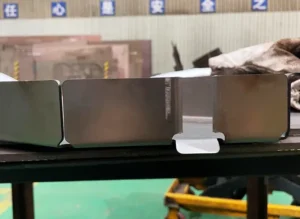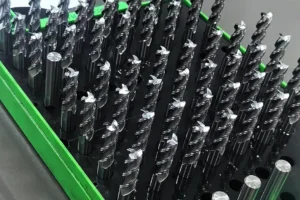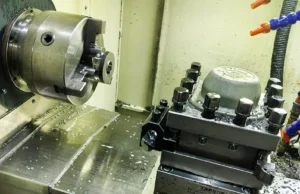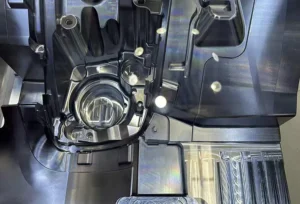
Why is my 4th axis on the CNC setup off-center?
As engineers with a manufacturing background, precision and accuracy are paramount in our work. When working with CNC machines, even the slightest deviation can result in costly errors.
One common issue that many of us may encounter is the 4th axis on the CNC setup being off-center.
This can be frustrating and time-consuming to troubleshoot, but understanding the reasons behind this problem can help us address it effectively.
Potential Causes of Off-Center 4th Axis
There are several potential reasons why the 4th axis on the CNC setup may be off-center.
It is crucial to systematically analyze each possible cause to pinpoint the exact source of the problem. Here are some common factors to consider:
Mechanical Alignment
One of the primary reasons for the 4th axis being off-center is mechanical misalignment.
This could be due to loose or improperly calibrated components within the rotary axis system.
Over time, wear and tear can also lead to misalignment, causing the axis to deviate from its intended position.
It is essential to check all mechanical parts, such as bearings, couplings, and drive systems, to ensure they are functioning correctly and are properly aligned.
Software Calibration
Another possible cause of the off-center 4th axis is inaccuracies in the software calibration.
If the CNC machine’s software settings are not calibrated correctly, the rotary axis may not move as intended, leading to positioning errors.
It is crucial to double-check the software parameters, such as axis configuration, step resolution, and tool offsets, to ensure they are accurately set up for the 4th axis.
Workpiece Clamping
The way the workpiece is clamped or mounted on the rotary axis can also impact its centering.
If the workpiece is not securely fastened or is positioned unevenly on the rotary axis, it can cause the axis to be off-center.
Properly securing the workpiece using appropriate clamping techniques and ensuring it is aligned correctly on the axis can help prevent this issue.
Tooling and Tool Offsets
Inaccurate tooling or incorrect tool offsets can contribute to the 4th axis being off-center during machining operations.
If the tool is not properly aligned with the workpiece or if the tool offsets are incorrect, it can result in positioning errors and deviation from the desired center point.
Regularly inspecting and calibrating the tools and tool offsets can help maintain the accuracy of the 4th axis.
Environmental Factors
Environmental factors, such as temperature fluctuations and vibration, can also affect the centering of the 4th axis on the CNC setup.
Temperature changes can cause materials to expand or contract, impacting the alignment of the rotary axis.
Additionally, excessive vibrations from nearby machinery or floor conditions can disrupt the axis’s position.
It is essential to control environmental variables and maintain a stable working environment to minimize these effects.
Machine Wear and Maintenance
Regular wear and tear on the CNC machine components, such as ball screws, bearings, and drive motors, can lead to deviations in the 4th axis position.
Routine maintenance and upkeep of the machine are crucial to ensure that all parts are functioning correctly and are in optimal condition.
Periodic inspections and replacement of worn-out components can help prevent the axis from drifting off-center.
Conclusion
As engineers in the manufacturing industry, maintaining precision and accuracy in CNC machining operations is essential.
When facing the challenge of the 4th axis being off-center on the CNC setup, a systematic approach to identifying and addressing the root causes is crucial.
By thoroughly examining mechanical alignment, software calibration, workpiece clamping, tooling, environmental factors, and machine wear, we can effectively troubleshoot and resolve the issue.
Regular maintenance, proper calibration, and attention to detail are key to ensuring the 4th axis remains centered and produces high-quality machined parts.




1 thought on “Why is my 4th axis on the CNC setup off-center?”
Learned more from this than an entire course.